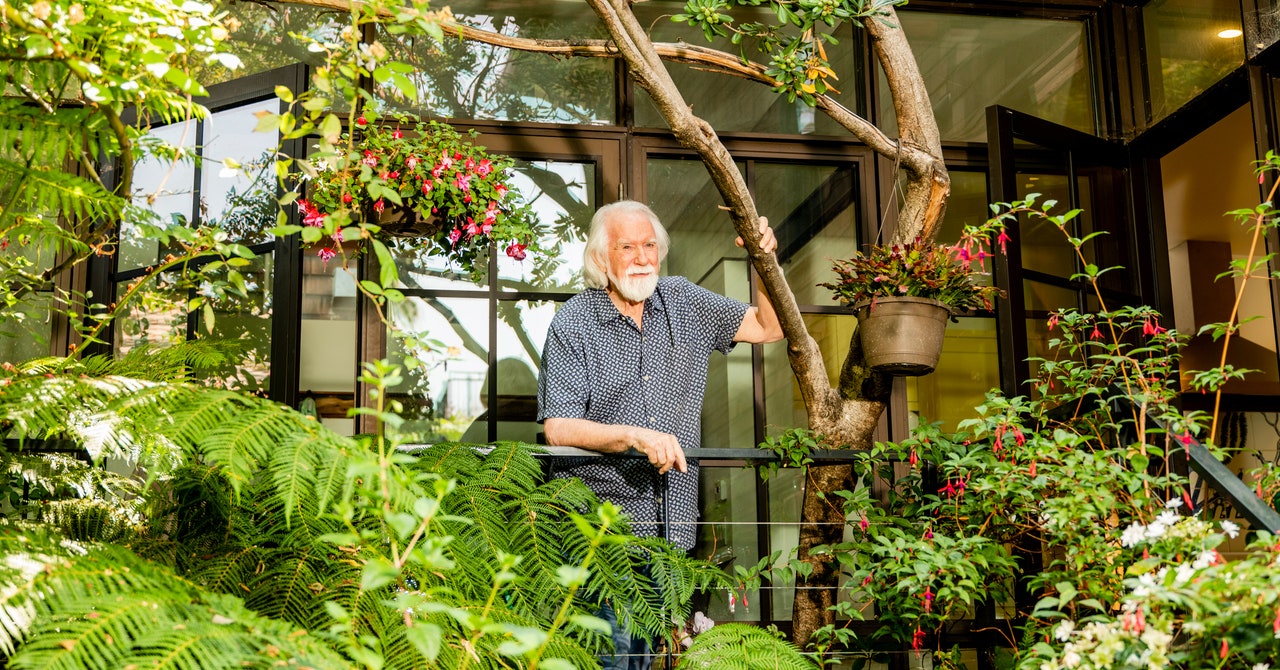Those few feet to the whiteboard took Smith past the point of no return. No one wrote on Steve Jobs’ hallowed whiteboard. As Smith took the marker and scrawled—he doesn’t even remember what he wrote—he was committing Steve-icide. “I wanted out of there,” he says. “I didn’t want that guy’s poison in my life any longer.”
Smith spent the next year holed up in his office. He had realized that users of personal computers could benefit from his graphics advances, so he began writing an app distinguished by what he called “floating imagery,” which allowed users to easily move objects. “You couldn’t believe what you were seeing,” says Eric Lyons, an Autodesk executive who saw an early demo. “It wasn’t something Photoshop could do at the time.”
Meanwhile, there was good news from Disney. At a meeting with Disney’s animation czar, Jeffrey Katzenberg, Jobs, Smith, Catmull, and Lasseter worked out a collaboration. Toy Story got a tentative green light. Once Smith felt sure that The Movie would be made, he left Pixar. (Years later, Lasseter resigned from the company after accusations of sexual harassment.)
Like a computer-graphics Moses, Smith helped deliver Pixar within sight of the promised land. But he never entered it himself. In movie after movie—from A Bug’s Life to Ratatouille to Soul—the studio pushed the boundaries of technology and art, fulfilling the vision that Smith had nurtured while in a full-body cast, on acid trips, in the mansions of Long Island, and on the back lots at Lucasfilm. His former colleagues at Pixar are unanimous in recognizing his contributions. But after he left, Smith’s name was removed from the website, an excision that he feels was somewhat of a betrayal. Catmull says he doesn’t see websites as historical documents.
Smith did not escape cleanly. With Lyons and a third cofounder, he started a company to sell his new image-editing software. They called the company Altamira, after the roughly 20,000-year-old cave paintings in Spain. But there was a hitch. “Alvy didn’t have it in writing that he could take his code with him”—code written while he was a Pixar employee, Catmull says. Jobs demanded that Altamira pay him a huge royalty for every copy sold, scaring away potential investors. After lengthy negotiations, Jobs signed off in exchange for an equity stake in Smith’s company.
One day Smith was at home with his wife and two sons when he felt “an intense screaming pain” in his chest. A colony of bacteria had invaded one of his lungs, forming the equivalent of a rind that had to be surgically peeled off. A month later, on a ferry ride to Vancouver, he felt the pain again. The same thing had happened to his second lung. To this day, he has only one-third of normal lung capacity. “I asked, why did I get it?” he says. “My answer is, the sheer stress.” Catmull agrees: “Basically, it was a life-threatening experience, which grew out of the pressure of Steve’s delay.”
The lost months proved crippling to the startup. In that time, Photoshop launched a competing feature called “layers.” Altamira’s sales were low, and the company needed a lifeline. Smith was introduced to Nathan Myhrvold, who headed Microsoft Research. “I just wanted marketing help from Microsoft,” Smith says. Instead, Myhrvold bought the company, though he wanted Smith more than his product. Smith spent four years there and retired in 1999. “I had decided along the way that they didn’t really care about my ideas,” he says.
Smith’s next move baffled his friends: He became a genealogist. He began methodically exploring his heritage, and in 2010 was elected a Fellow of the American Society of Genealogists. The honor is limited to only 50 living people, and it requires a supermajority vote.
